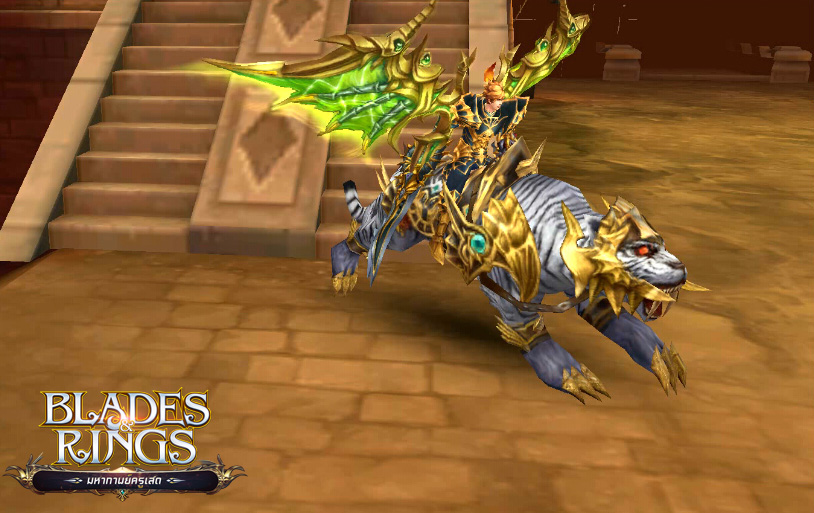
Rings and ribs appear in the southern parts of Central Europe: the Danubian region of southern Germany, Lower Austria, and parts of the Czech Republic.

Candidates of prehistoric commodity money from the Central European Early Bronze Age are the so-called Ösenringe (hereafter rings), Spangenbarren (hereafter ribs), and possibly axe blades. In short, prehistoric weight units quite literally need to make sense.Ĭommodities are archaeologically defined as socially recognized, alienable objects that appear in large numbers and emphasize similarity. A principal challenge at this point is to take the statistical tools employed to express accuracy, and adjust them in accordance to the findings from psychophysics, so that the ordinal and qualitative measurements of weight estimation by hand and sight are taken on board. What is needed for archaeology to contribute to the history of metrology and the origins of money are methods for identifying standardization on the basis of perceived similarity. Typical statistical approaches are inadequate for dealing with the approximation that characterizes prehistoric weighing. Archaeology can provide a unique perspective on the development of money and systems of weighing over space and time, but the discipline has difficulties with the identification of objects that functioned either as commodity money or as (balance) weights. Money is a type of commodity that acts as a means of exchange and is standardized to some degree, visually or in terms of their weight. The funders had no role in study design, data collection and analysis, decision to publish, or preparation of the manuscript.Ĭompeting interests: The authors have declared that no competing interests exist. This is an open access article distributed under the terms of the Creative Commons Attribution License, which permits unrestricted use, distribution, and reproduction in any medium, provided the original author and source are credited.ĭata Availability: All relevant data are within the manuscript and its Supporting information files.įunding: The research was supported by the Talent Programma VICI from the Netherlands Organisation for Scientific Research (NWO Grant number 277-60-001: “Economies of Destruction”. Received: JAccepted: SeptemPublished: January 20, 2021Ĭopyright: © 2021 Kuijpers, Popa. Biehl, University at Buffalo - The State University of New York, UNITED STATES


Citation: Kuijpers MHG, Popa CN (2021) The origins of money: Calculation of similarity indexes demonstrates the earliest development of commodity money in prehistoric Central Europe.


 0 kommentar(er)
0 kommentar(er)
